Across global industrial markets, the conversation around ...
READ MORECATEGORIES
Check Valve With Screen Manufacturer
-
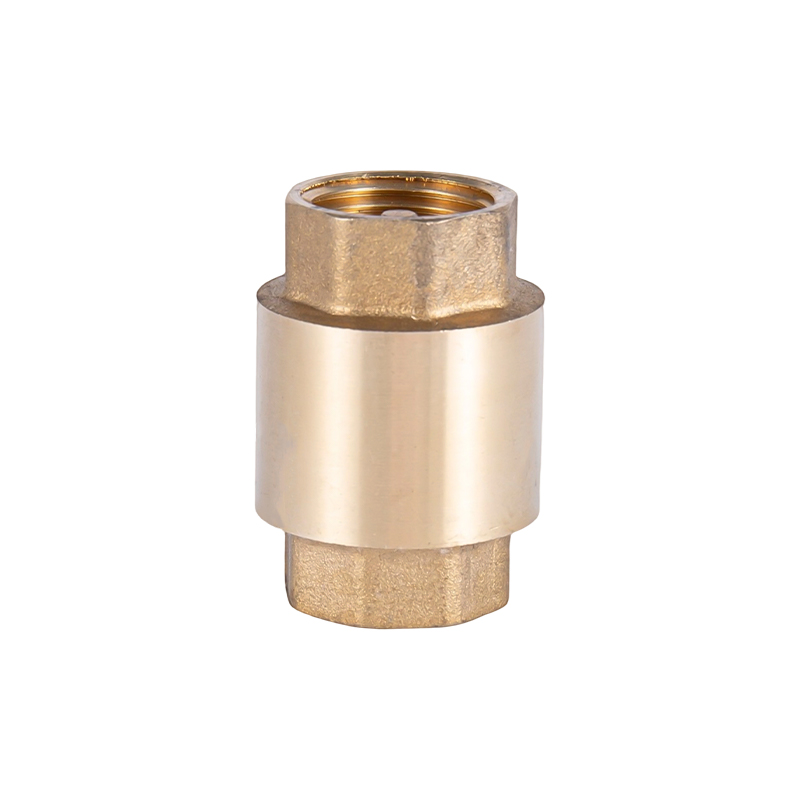
XY-5001 Brass Check Valves
1/2" 3/4" 1" 11/4" 11/2" 2" 21/2" 3" 4"
-
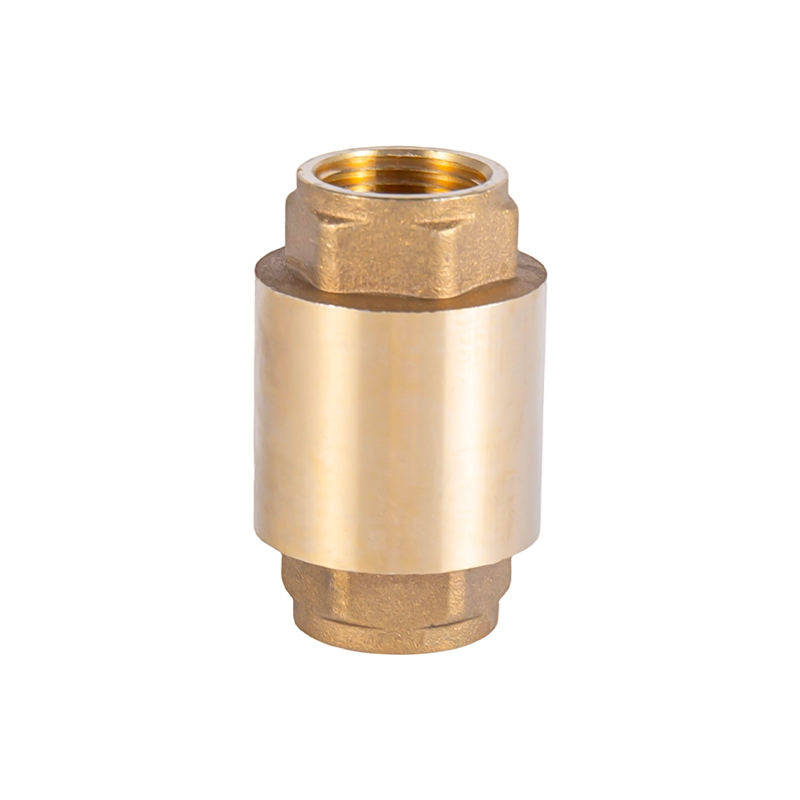
XY-5002 Brass Check Valves
1/2" 3/4" 1" 11/4" 11/2" 2"
-
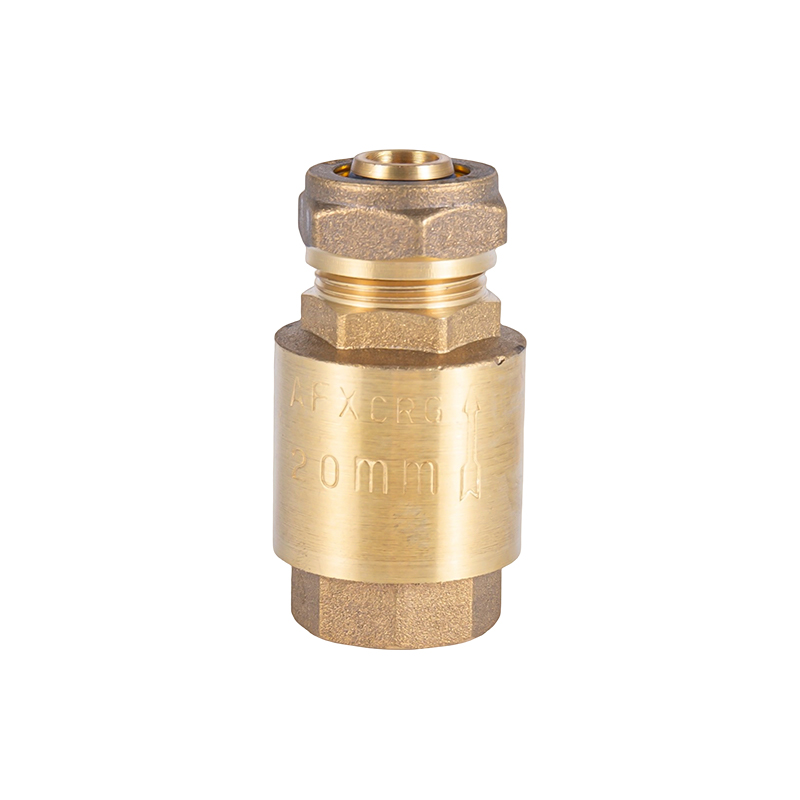
XY-5003 Brass Check Valves
1/2" 3/4" 1"
-
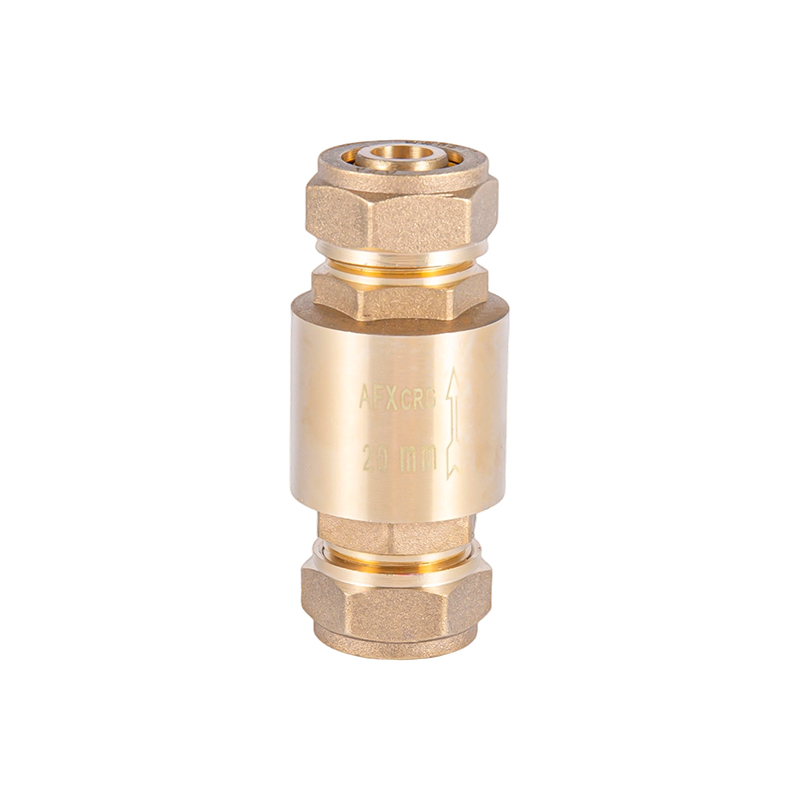
XY-5004 Brass Check Valves
1/2" 3/4" 1"
-
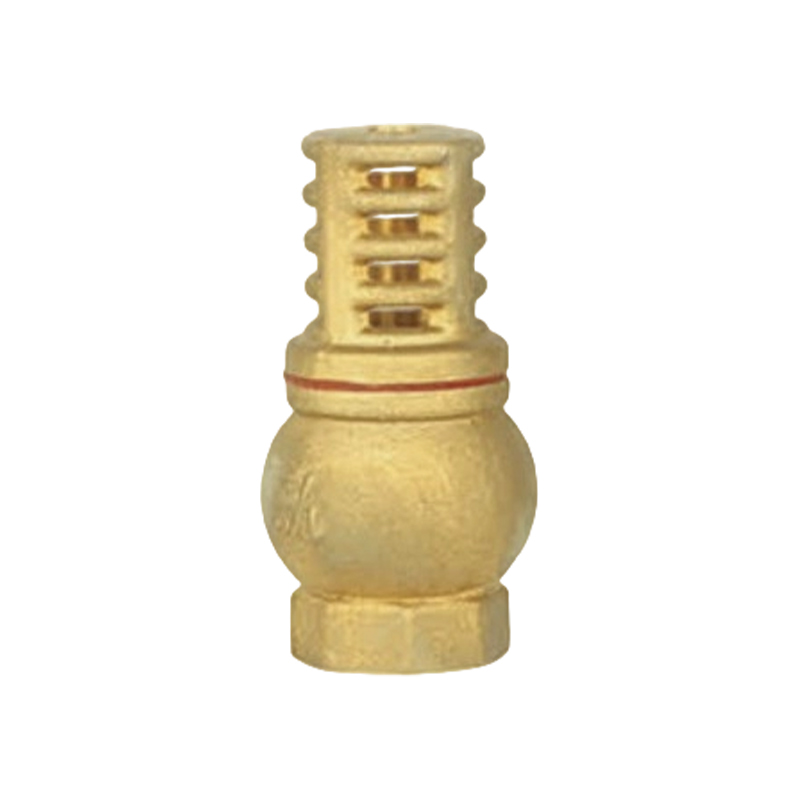
XY-5005 Brass Check Valves
1/2" 3/4" 1" 11/4" 11/2" 2"
-
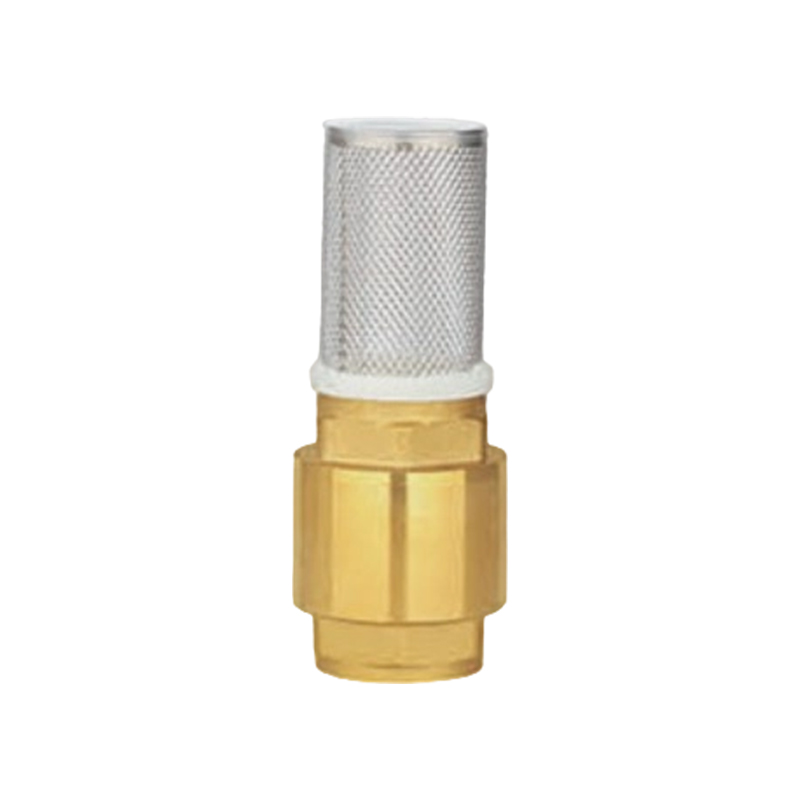
XY-5006 Brass Check Valves
1/2" 3/4" 1" 11/4" 11/2" 2"
-
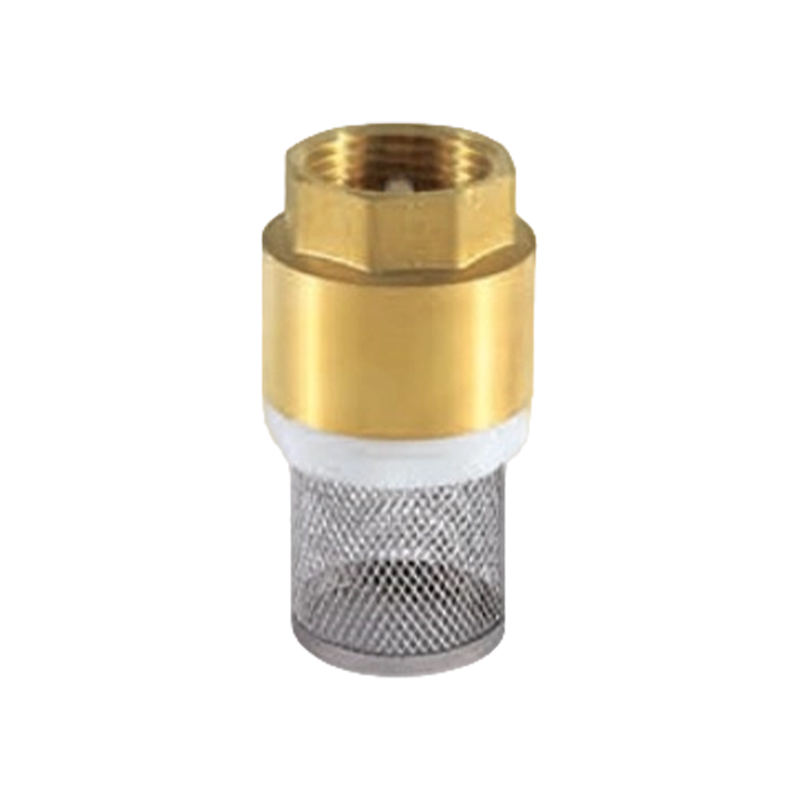
XY-5007 Brass Check Valves
1/2" 3/4" 1" 11/4" 11/2" 2"
-
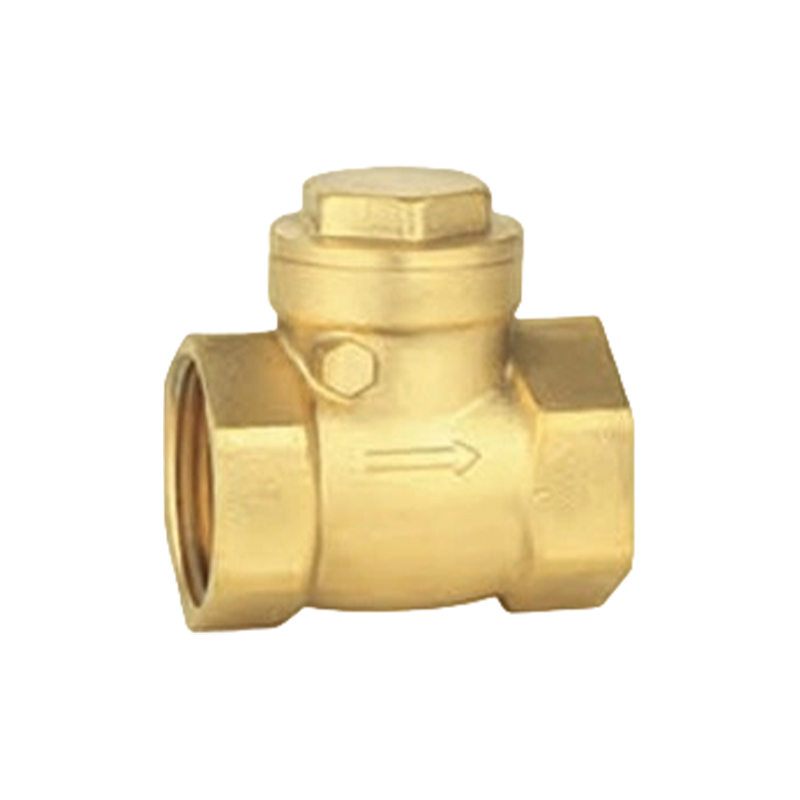
XY-5008 Brass Check Valves
1/2" 3/4" 1" 11/4" 11/2" 2" 21/2" 3" 4"
-

XY-5009 Brass Check Valves
1/2" 3/4" 1" 11/4" 11/2" 2"
-

XY-5010 Brass Check Valves
11/2" 2"
-
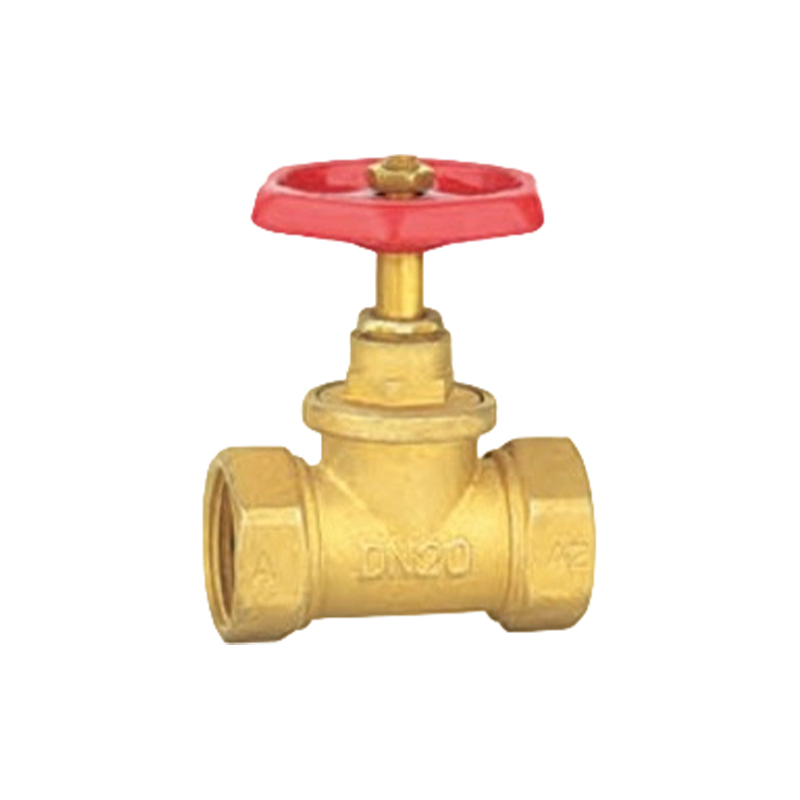
XY-5011 Brass Check Valves
1/2" 3/4" 1" 11/4" 11/2" 2"
-
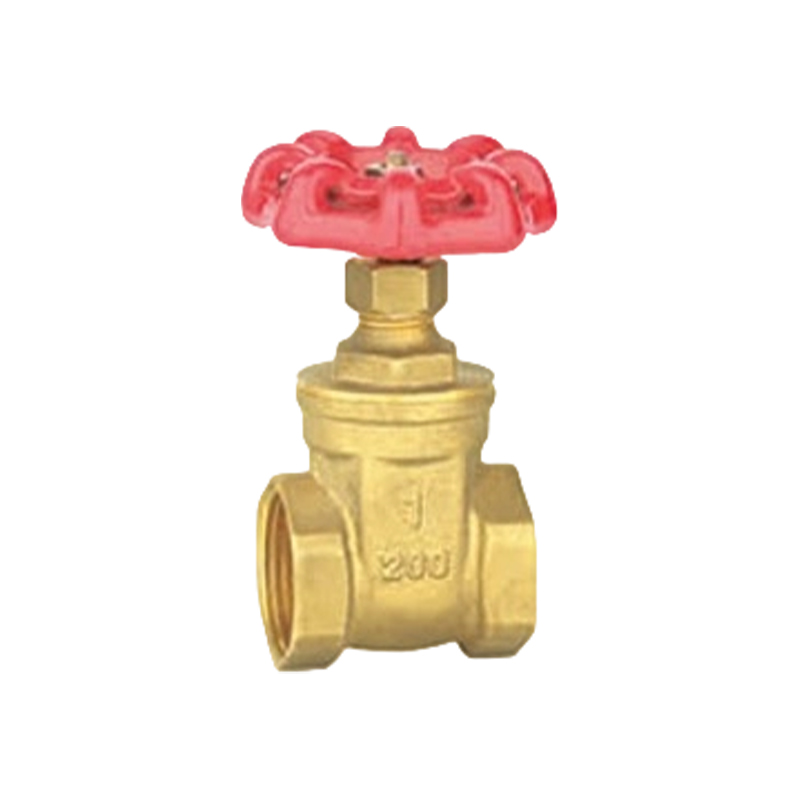
XY-5012 Brass Check Valves
1/2" 3/4" 1" 11/4" 11/2" 2"
Our household brass check valve has a nominal pressure of 1.6 MPa.
Working medium: water, non-corrosive liquid, saturated vapor
Working temperature: -10 ℃ ≤ t ≤ 120 ℃ Specification: 1/2" to 4"; pipe thread meets ISO228 standard.
The surface of the product can be natural color, nickel-plated, or chrome-plated, and the valve body can be made of different copper materials, such as HPB57-3, CW617, CW617N, C3700, etc. The other parts can be made of copper, iron, stainless steel, or zinc alloy, fully meeting the needs of all market customers for products at different price points.
Brass check valves are an important component used in fluid control systems to prevent backflow and ensure the proper direction of flow within pipes. These valves are designed to allow fluid to flow in one direction only, automatically closing to prevent reverse flow when the pressure changes or if the flow direction is reversed. Due to their reliable performance and durability, brass check valves are widely used in plumbing, water treatment, and industrial and commercial applications.
Brass check valves are renowned for their resistance to corrosion and wear, making them a preferred choice for controlling the flow of various fluids and gases. Their durability in the face of fluctuating temperatures and pressures makes them ideal for managing water, air, oil, and other non-corrosive substances, ensuring reliable performance over time.
These valves are a staple in both domestic and industrial settings where precise fluid control is paramount. Their ability to withstand the test of time in challenging conditions is a testament to their suitability for controlling non-corrosive fluids and gases, maintaining efficiency in environments with varying temperature and pressure.
The operation of a brass check valve is quite straightforward. It contains a movable element, like a disc or ball, that allows fluid to pass when the inlet pressure is greater than the outlet pressure. When the inlet pressure decreases or reverses, the element shifts to close the valve, preventing backflow. This automatic feature is crucial for protecting pumps, compressors, and other equipment from damage caused by backpressure.
Brass check valves are available in a range of sizes and connection options to fit various pipeline configurations. They can be fitted with threads, flanges, or incorporated into larger valve assemblies. The choice of connection method is usually determined by the specific installation requirements and the characteristics of the pipe system being used. This versatility makes brass check valves a practical solution for a wide array of applications.
Beyond preventing backflow, brass check valves contribute to system efficiency and safety by preventing contamination, mitigating water hammer effects, and shielding equipment from damage. They are frequently employed in water supply, irrigation, heating systems, and various industrial settings where the regulation of fluid flow direction is critical.
Regular maintenance of brass check valves involves checking for signs of wear, cleaning the internal components, and ensuring the valve is operating correctly. If any damage or malfunction is detected, the valve should be repaired or replaced to maintain the overall performance of the system.
This category of brass check valves includes a wide range of options, with specifications such as size, pressure rating, and flow direction to suit various applications. For more details about each model or assistance in selecting the right valve for your system, customers can refer to product listings or reach out to customer support.
The company is adjacent to the seaport city of Wenzhou Airport in the south, Jiaojiao, Taizhou and Wenzhou Expressways in the west. It is an hour and a half away from Wenzhou and Taizhou Airports, and the transportation is extremely convenient. The company mainly produces copper ball valves, copper globe valves, copper check valves, copper pressure reducing valves, temperature control valves, angle valves and other copper valve products with complete specifications and guaranteed quality. In the fiercely competitive market economy environment, Xianyun Valve adheres to the development concept of "quality determines strength", adheres to the business policy of "people-oriented, honesty as the criterion", insists on relying on technological innovation, constantly absorbs advanced experience at home and abroad, and comprehensively promotes advanced Yun Valve has transformed from a traditional enterprise to a high-tech industry.
The company now has advanced production and testing equipment and can independently design, develop and produce hundreds of products. The company pays special attention to brand image, constantly develops new products and improves product quality, and develops the market with the best products. "Excellent quality, customer satisfaction" is the company's eternal pursuit. The company will be guided by market demand, continue to innovate, and wholeheartedly provide users with high-quality products and perfect after-sales services.
The company pays attention to the training of talents, strives to build a "first luck spirit" of hard work, unity and hard work, and strives to build a "strength enterprise".


 English
English 中文简体
中文简体 русский
русский Email us now!
Email us now!
